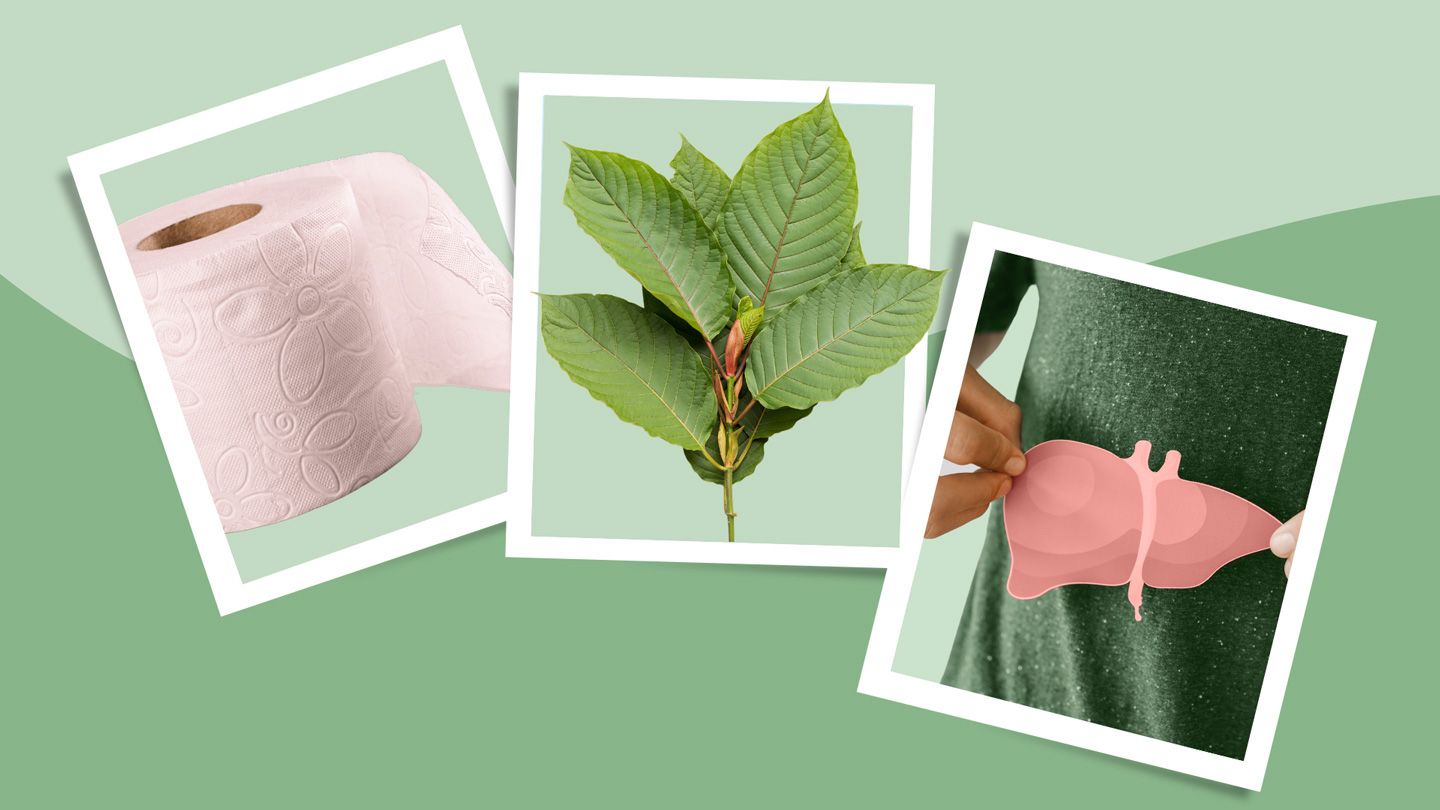The kratom in supplements derives from a tree, Mitragyna speciosa, that’s native to southeast Asia. You can find it for sale online and in some smoking shops. Most kratom products are ground or loose dried leaves, often in capsules. Recently, however, there has been an explosion of potent concentrates, tinctures, gummies, and more.
The kratom plant is a member of the coffee family (Rubiaceae), and causes caffeine-like effects like increased focus and alertness. Kratom’s main active compound, an alkaloid called mitragynine, is chemically similar to — but not identical to — opioids, so kratom can also have calming and pain-relieving effects as well.
“At lower doses, mitragynine may stimulate the release of neurotransmitters like dopamine and norepinephrine, leading to increased energy and alertness,” says Dr. Hamilton. “At higher doses, the opioid-like effects dominate, producing sedation and analgesia [pain relief unaccompanied by loss of sensation or alertness].”
What Is Mitragynine?
“Mitragynine and some of the other alkaloids in kratom are what we call a partial opioid agonist,” says Oliver Grundmann, PhD, a professor and researcher at the University of Florida’s College of Pharmacy and the 2022–24 president of the American College of Clinical Pharmacology.
Dr. Grundmann explains that true opioids attach themselves to sites called opioid receptors on cells in your central nervous system (called neurons). Mitragynine does the same, but only partially.
“The effects of a partial agonist like mitragynine will top out at a certain amount,” says Grundmann. “And when you go past that amount, you don’t get more activation of more opioid receptors, whereas with an opioid like heroin, morphine or fentanyl, you would get that [increased opioid receptor activation].”
Notably, that means that kratom doesn’t cause breathing to slow or stop in the way that too high a dose of opioids can. “However, this doesn’t mean kratom is without risks, especially at high doses or in combination with other substances,” says Hamilton.
Mitragynine also binds to other receptors besides opioid receptors, such as receptors for the neurotransmitter serotonin and those for adrenal hormones like epinephrine, causing kratom’s stimulating effects.
Read the full article here




